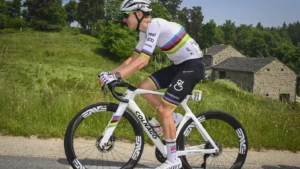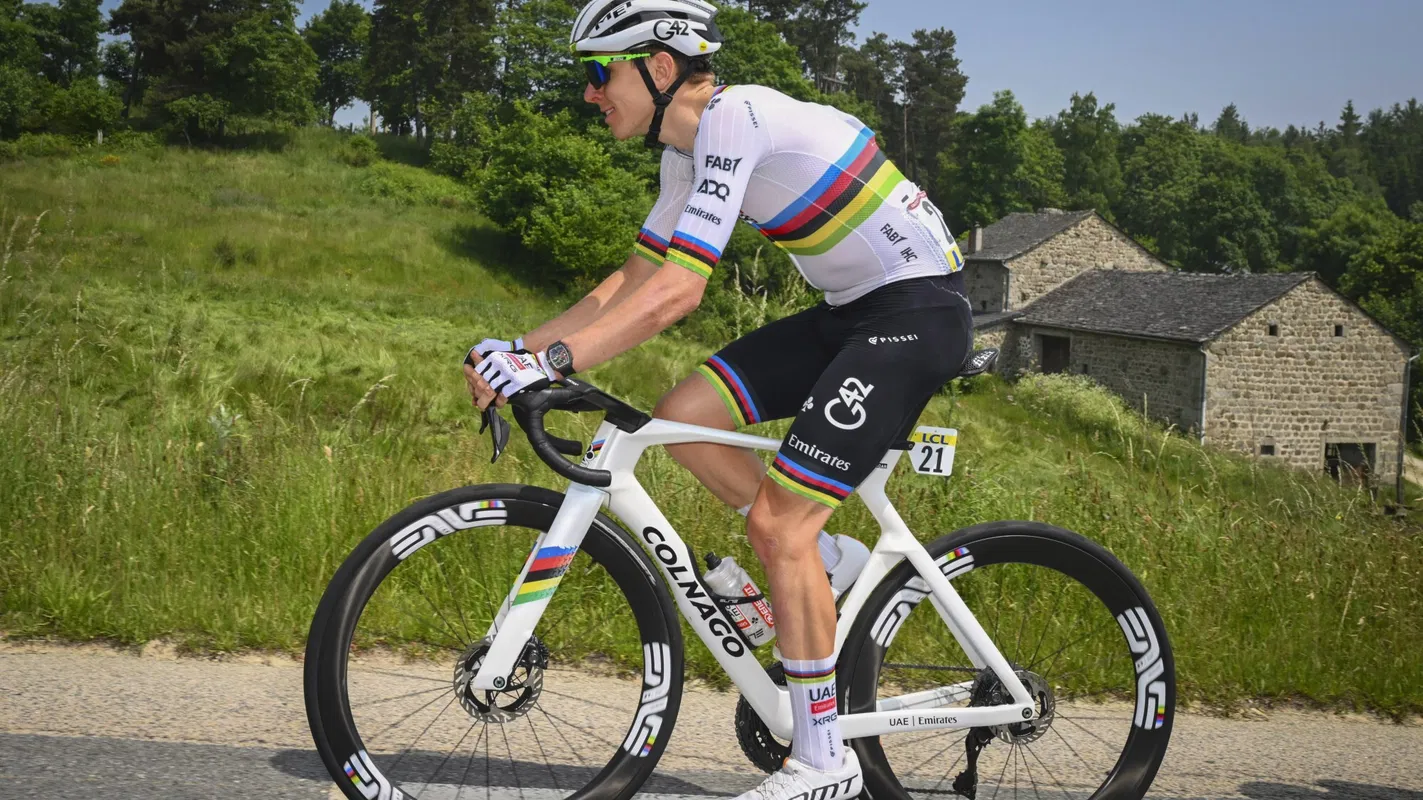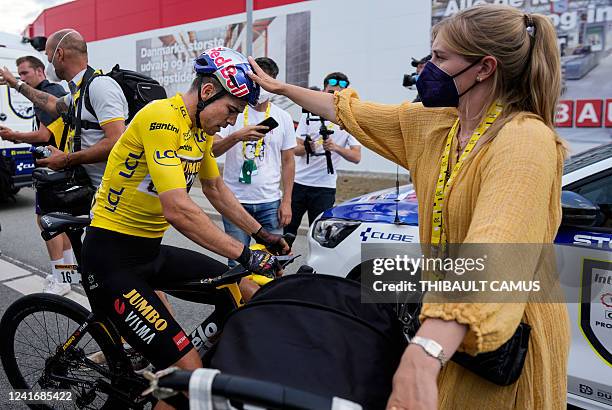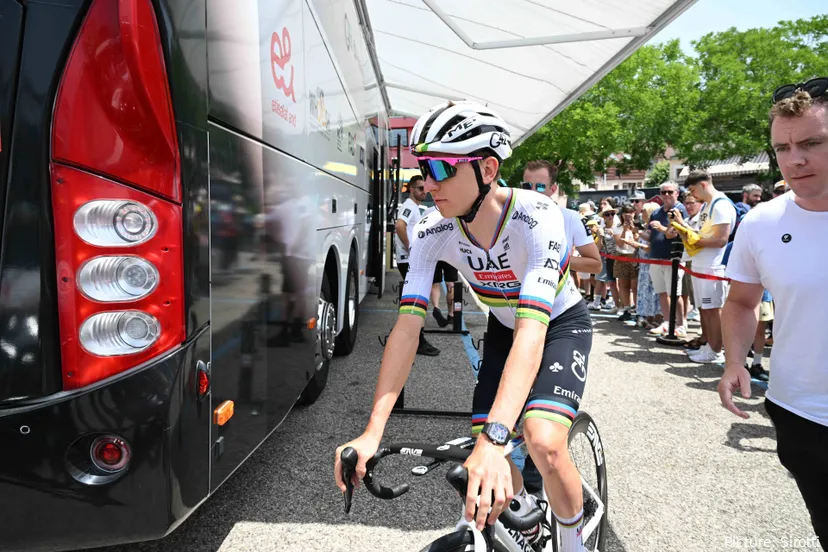If Pogačar Wanted To, The Gap Would’ve Been Way Bigger: An In-Depth Analysis
The world of professional cycling is often defined by its strategic nuances, mental toughness, and the fine margins that separate victory from defeat. Among the most compelling narratives in recent years is the performance of Tadej Pogačar, the Slovenian phenom whose exceptional climbing ability, race intelligence, and tactical prowess have made him a dominant figure in the peloton.

A recurring theme in cycling discussions — particularly after major grand tours — is the question: *If Pogačar had committed fully to the attack, could he have extended his lead even further?* This notion was notably examined in the Domestique Cycling Podcast, where hosts and cycling experts dissected race strategies, rider behaviors, and the fine line between conservatism and aggression.
In this article, we delve into the core ideas behind that analysis, exploring the tactical possibilities, psychological factors, and race dynamics that influence whether Pogačar could have increased his gap significantly, had he chosen to do so.
The Rise of Pogačar
Before analyzing the “what ifs,” it’s essential to understand Pogačar’s racing style and the context of his performances:
– **Climbing Prowess:** Pogačar possesses exceptional climbing ability, often outperforming rivals on alpine stages.
– **Race Intelligence:** His tactical awareness allows him to conserve energy, position himself optimally, and strike at decisive moments.
– **Temperament:** He exhibits a calm demeanor, often choosing controlled attacks rather than all-out efforts.
His victories in the Tour de France (2020, 2021) and other races have often been characterized by smart, calculated moves rather than relentless attacking. Sometimes, this approach raises questions about whether he left potential gains on the table by not pushing harder when the opportunity arose.
The Core Argument: “If Pogačar Wanted To, The Gap Would’ve Been Way Bigger”
The phrase suggests that Pogačar, due to his immense talent and the strategic circumstances, could have increased his lead significantly if he had opted for more aggressive tactics. The Domestique Cycling Podcast explored this hypothesis by analyzing race footage, rider behaviors, and the strategic decisions made during key moments.
1. Tactical Restraint and Race Dynamics
In grand tours, riders and teams often balance aggression with conservation. Pogačar’s team, UAE Team Emirates, historically emphasizes controlled racing, leveraging Pogačar’s ability to respond to threats rather than initiating aggressive attacks.
– **Controlled Effort:** Pogačar often rides conservatively, saving energy for pivotal moments.
– **Opponent Responses:** Rivals may respond defensively to Pogačar’s attacks, leading to a more tactical, less explosive race.
– **Race Positioning:** Maintaining optimal positioning reduces the need for risky moves; Pogačar often positions himself well without needing to go full throttle.
The podcast suggests that if Pogačar had chosen to attack earlier or more aggressively, he could have forced rivals into a reactive mode, creating larger gaps.
2. Psychological and Physical Factors
While Pogačar is capable of explosive efforts, his race psychology and physical management influence his tactical choices.
– **Risk Management:** Pogačar is aware that overextending could lead to burnout or mistakes, especially in multi-week tours.
– **Race Control:** He often prefers to control the race rather than chase gaps, trusting his strengths to secure victory through calculated moves.
– **Opponent Strategies:** Rivals like Roglič or Evenepoel might react differently if attacked earlier or more forcefully, potentially opening the door for a larger gap.
The podcast underscores that Pogačar’s restraint often stems from a strategic calculation that the current lead is sufficient, rather than a lack of ability to push harder.
Specific Race Scenarios: Analyzing Moments When the Gap Could Have Been Bigger
The podcast highlighted several key moments in recent races where Pogačar’s actions might have led to larger margins if he had chosen differently.
1. The 2021 Tour de France
In the final mountain stages, Pogačar was often in commanding positions but did not always fully capitalize on opportunities to attack.
– **Stage 20 (La Planche des Belles Filles):** Pogačar attacked late but could have gone earlier or harder, potentially widening his lead.
– **Analysis:** Hosts argued that attacking earlier might have forced rivals into reactive defenses, creating a larger gap.
2. The 2022 Giro d’Italia
Pogačar’s performance showcased his ability to control the race, but some believe more aggressive tactics could have cemented his victory more comfortably.
– **Stage Attacks:** Occasional early attacks might have demoralized rivals or forced errors, resulting in a bigger lead.
3. The 2023 Strade Bianche and Other One-Day Races
While not grand tours, these races underline Pogačar’s tactical options. The podcast suggests that similar principles apply in stage racing.
Why Didn’t Pogačar Push More?
While the idea of “pushing harder” seems straightforward, several factors may explain his cautious approach:
1. Energy Conservation and Longevity
– **Multi-Stage Races:** Grand tours involve three weeks of racing, requiring careful energy management.
– **Avoiding Mistakes:** Over-aggression can lead to crashes or exhaustion, risking overall victory.
2. Team Strategy and Support
– **Team Tactics:** UAE Team Emirates may prefer to support Pogačar’s calculated moves rather than risk overextending.
– **Race Control:** Maintaining a lead sometimes requires patience rather than constant attacks.
3. Rider’s Personal Philosophy
– **Control Over Chaos:** Pogačar often prefers to dictate the race’s rhythm subtly rather than through relentless aggression.
– **Psychological Comfort:** A measured approach reduces mental fatigue and errors.
Implications for Cycling Fans and Analysts
The debate about whether Pogačar could have increased his lead significantly touches on larger themes in cycling:
– **Strategic Patience vs. Aggression:** The best approach varies depending on race circumstances.
– **Rider Temperament:** Personal racing style influences tactical decisions.
– **Race Dynamics:** The interaction between rider behavior and opponent responses can amplify or diminish gaps.
The Domestique Cycling Podcast emphasizes that Pogačar’s approach is nuanced; his decision to hold back often reflects a deep understanding of race dynamics rather than a lack of capability.
The Art of Race Management
The notion that “if Pogačar wanted to, the gap would’ve been way bigger” encapsulates a core debate in professional cycling: the balance between aggression and control. Pogačar’s tactical restraint demonstrates his mastery of race management, choosing moments to attack that maximize his chances while minimizing risks.
While fans and analysts may speculate about “what could have been,” the reality is that cycling is a complex sport where timing, psychology, team support, and race conditions intertwine. Pogačar’s current success suggests that his approach—cautiously aggressive yet controlled—is highly effective.
**In the end, perhaps the real lesson from the Domestique Cycling Podcast is that the greatest champions are not always those who attack the most, but those who know *when* and *how* to attack.**


